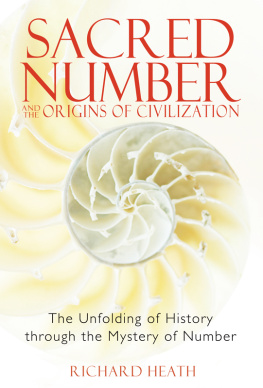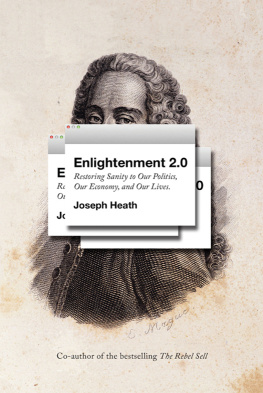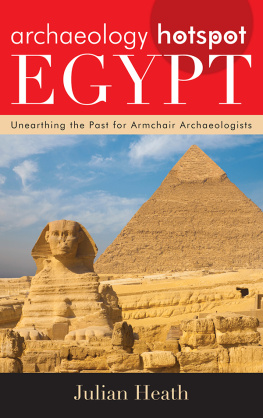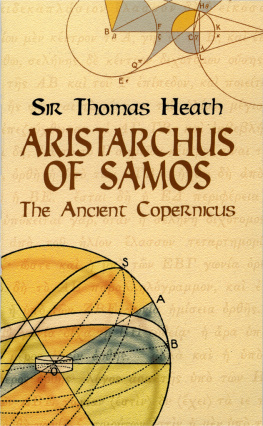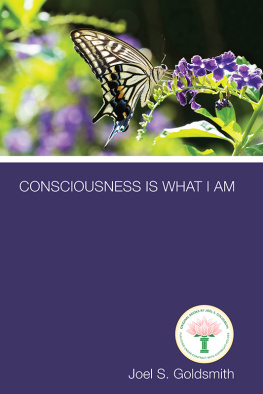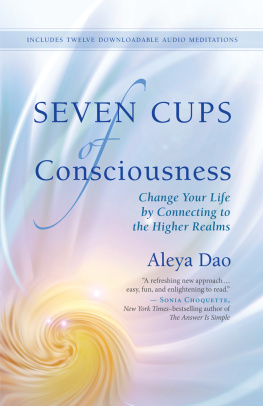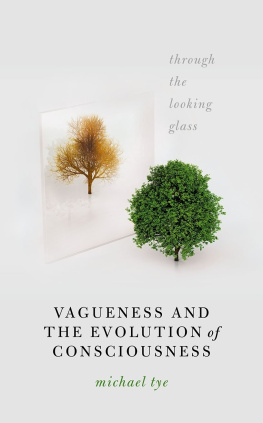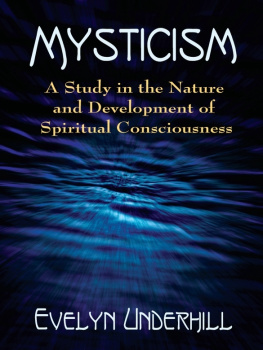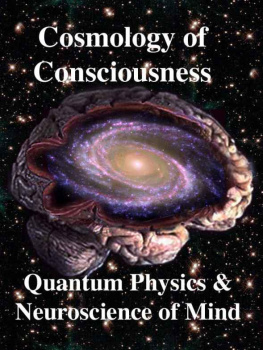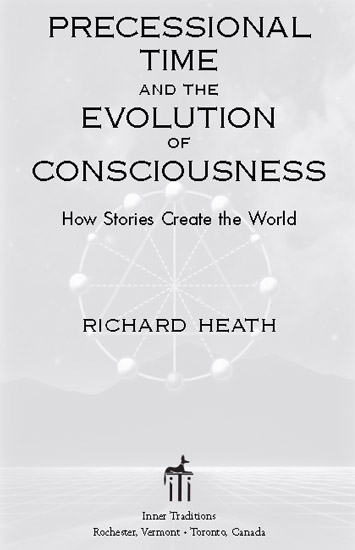
PRECESSIONAL
TIME
AND THE
EVOLUTION
OF
CONSCIOUSNESS
Using precession as a key, Richard Heath has harmonized the revelations of those great originals G. I. Gurdjieff, Alexander Thom, Ernest McClain, and the authors of Hamlets Mill. This is the kind of synthesis one has long hoped for and a worthy sequel to Heaths own cosmological revelation, The Matrix of Creation.
JOSCELYN GODWIN, AUTHOR OFATLANTIS AND THE CYCLES OF TIME
All mythology is rooted in the relationship between Earth, Moon, Sun, and Stars, and these stories are at the very core of human experience. In this book Richard Heath draws these ideas together to create a vivid and inspiring narrative that reconnects us with our true origins and future potential.
PAUL BROADHURST, COAUTHOR OFTHE SUN AND THE SERPENT
ACKNOWLEDGMENTS
MANY SUBGENRES OF ANCIENT and modern mysteries as well as esoteric ideas have been integrated here without recognition of the background sources, perhaps to some readers relief. Major influences have been Giorgio de Santillana and Hertha von Dechend, Mary Douglas, Ernest McClain, George Gurdjieff, Peter Ouspensky, and John Bennett. More direct influences have been Anthony Blake, megalithic pioneer Robin Heath, the metrologists John Neal and John Michell, and Carnac investigator Howard Crowhurst.
I am very grateful to Anthony Blake for reading, editing, and discussing much of this work as it was in progress. The megalithic itinerary of chapter 2 went through many revisions, with Robin Heath providing some editing as well as the all-important survey at Le Manio. Thanks to my wife, Jane, for supporting another book project.
INTRODUCTION
THERE IS EXTRAORDINARY POWER in the fact that it is only possible to do one thing at a time. This constraint not only reveals a primary characteristic of the universe we inhabit, but it also is relevant to how humanity composes its stories. Generally, narratives use a structure that moves a reader through time, because the parts of the narrative must be kept apart just as the objects involved are separate in space. However, a third aspect of narrative is that it cannot be known without consciousness, which is the means to know and to recognize the structure of things in the world of time and space. Quite simply, consciousness is the power to rebuild and put back together the world process, forming our narrative explanations of the world. Successive cultural groups each developed a new form consciousness that became embodied in their stories and monuments, creating the literature of our recorded history.
For example, the articulation of megalithic monuments can be seen as narratives, and, before these, the art found in prehistoric caves. The formation of our major language groups was also important in the sharing of stories about the world. In prehistory, the major subject of narrative was how the world came into existence. This involved gods modeled largely on astronomical phenomena. Many see these ancient tales as works of fiction and superstition, and the consciousness they developed through their narratives is dismissed or taken for granted. This dismissal is because consciousness is considered something that naturally belongs to human beings as part of our self-awareness. Furthermore, our picture of consciousness is that it is a constant human faculty, as if people in the past had a similar experience of it but had less understanding than us of the physical world.
HOW STORIES CREATE THE WORLD
The truth about consciousness is that humans do not own it, though they have the means to work with it. Consciousness is a cosmic energy that inheres to the universe as a fundamental characteristic: its intelligibility. This word, not much altered in our word intelligence, is the ability of systems to be understood. For systems to be intelligible, they must have a structure that not only functions as a machine, but also retains information about how and why it functions.
The ancients had systems of knowledge that purported to understand the how and the why of the whole world in grand yet simple schemesschemes that implied that the world had been created according to a rather basic overall pattern and only rendered complex by the world process, through the repetition of these patterns on many different levels of scale. This is exactly how complexity arises in modern chaos theory, in which a simple algorithm can generate a very great complexity. Therefore the ancient cosmologies might seem conveniently simple while employing a master idea: that the creation of the universe might have involved a simple set of strategies or structural principles.
A universe revealing itself as intelligible would require a power not invented by the ancients themselves, but a power revealed to them through consciousness and the ability to see narrative structures within that universe. In other words, the ancients works were of a developing relationship with consciousness, an energy that through us seeks to understand the world and its structures as part of a continuing creation in the world. The world represents to our awareness the Other relative to the Self, and it is this dualistic framework of relationship that generates the true narrative, which is more than a descriptivenarrative, it being the life experience required for understanding.
Though ancient attempts to create a world narrative can be criticized as over specific or not based upon facts, consciousness was not always as concerned with facts as it is today, and indeed, facts are only part of consciousness. To order the world is the primary work of intelligent life, and most of that work, even today, deals not with facts but with categories of experience. It can be said that human beings are actually walking cosmologies in that they engage in and are engaged by worldviews: complex narrative structures that give the world a certain overall meaning. The scientific worldview is simply a member of a much wider set of possible worldviews, many of which are viable and useful as a context for the human activity of making meaning of the world. In the scientific narrative, the Self becomes an abstract observer and the Other a repeatable experiment within nature that reveals laws.
The question that arises is whether the power of narrative order, which is so ubiquitous, could be something beyond consciousness that, in the manner of the ancient cosmologies, created a world in which meaningful narratives would dominate human consciousness. In other words, if our intelligible life is made of narrative structures, could this be a property of the universe or, more specifically, a characteristic of our planetary environment as suited to the arising of intelligent life? The story of the arising of life certainly presents a narrative, recently revealed through biological science, and intelligent life appears to be like a cherry on top of that cake.
It becomes possible to conceive of a power beyond narrative that is the source of all the creativity that humans have put into their successive civilizations and cultures, and this is exactly what the ancient texts suggestthat there is a source of creativity in the heavens that operates over great time periods. This source can be called a creative energy, and its defining characteristic is its ability to generate completely new world-views, whether great or small. When we look at successive civilizations, we are struck by the fact that they had unique worldviews that defined a whole program of activity within each civilization. It is also clear that the activities of a civilization can become exhausted and wither on the vine when its worldview ceases to be an overriding source of activity.
Next page

